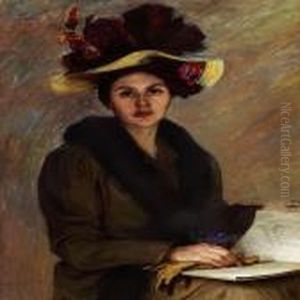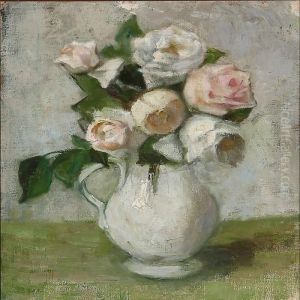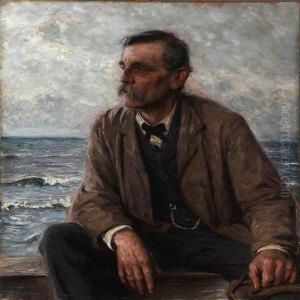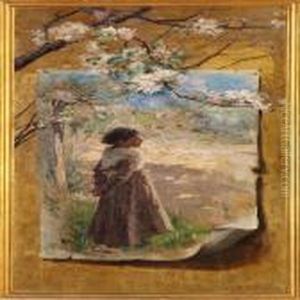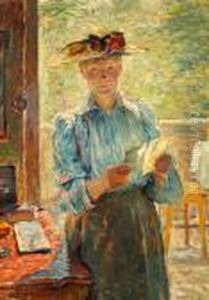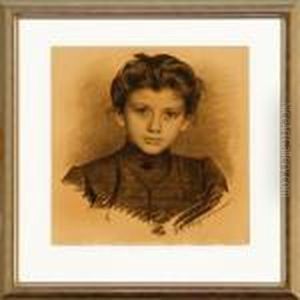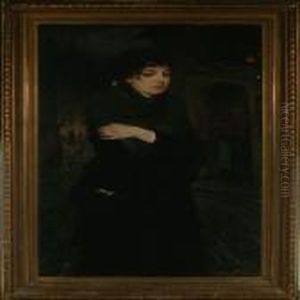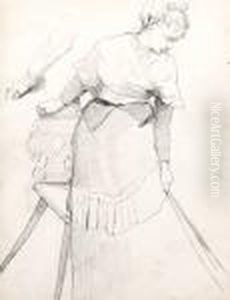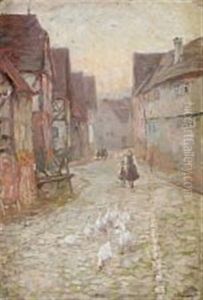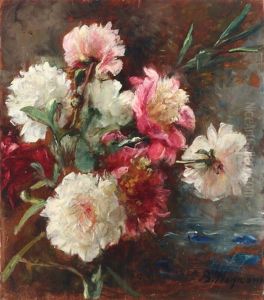Bertha Wegmann Paintings
Bertha Wegmann was a notable Danish portrait painter, born on December 16, 1847, in Soglio, Switzerland, to Danish parents. She spent much of her life in Denmark, where she established her career and became one of the country's most prominent female artists of the time. Wegmann initially received her art education in Copenhagen, and later continued her studies in Munich, which was a thriving center for artists in the 19th century. She was particularly influenced by the Munich School's approach to color and detail, which would become evident in her own works.
Wegmann is best known for her portraits, which were recognized for their vivid realism and sensitivity to the subject's personality. Her paintings often depicted women and children, and she was adept at capturing the textures of fabrics and the interplay of light and shadow. In 1881, she became the first woman to hold a chair at the Royal Danish Academy of Fine Art, marking a significant milestone for female artists in Denmark.
She enjoyed a successful career, and her work was exhibited widely, including at the prestigious Paris Salon, where she received an honorable mention in 1880 and a bronze medal in 1889. Throughout her career, Wegmann maintained a close friendship with fellow Danish artist Jeanna Bauck, who was also a talented painter. The two women traveled and worked together extensively, including a period of time in Italy, where they were inspired by the Renaissance masters.
Bertha Wegmann's contributions to Danish art were significant, and her works can be found in many major museums, including the Hirschsprung Collection in Copenhagen. Her legacy is that of a trailblazer for women in the arts, exemplifying professionalism and skill in an era when female artists were often marginalized. Bertha Wegmann’s death on February 22, 1926, in Copenhagen, marked the end of an era, but her art continues to be appreciated for its technical mastery and emotional depth.


